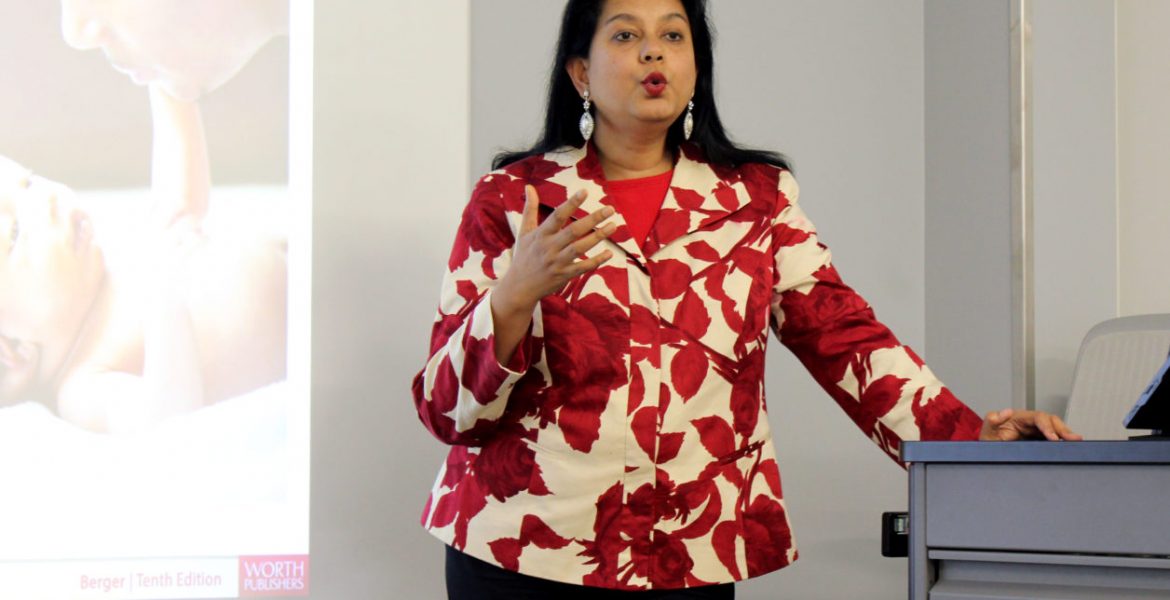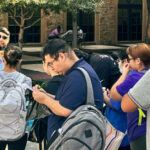Faculty members have had mixed reactions to an announcement that in-person or hybrid classes for fall 2021 will increase from 33% to around 70%
Dr. Mike O’Brien, provost and vice president of academic affairs,who announced the change in the March 13 email to faculty, is running a virtual town hall for faculty 10-11 a.m. March 29 on Zoom. The meeting is for faculty only.
“I like to have town halls to see what’s on people’s minds, see how morale is going, reiterate what the safety protocols are going to be for the fall,” O’Brien said.
Virtual learning during the pandemic has hindered academic performance and student experiences, O’Brien wrote in the email, which gave academic departments four days — until March 17 — to revamp course schedules that they had spent weeks preparing.
“Students need to be in classrooms; faculty need to be in classrooms,” O’Brien wrote. “It’s now time to begin planning on a (re)turn to ‘normalcy,’ whatever that might mean.”
O’Brien noted that other universities across the country are returning to normal operations, and acknowledged the decision was rushed.
O’Brien clarified what increased capacity would look like in a March 18 interview.
“Seventy percent of face to face and hybrid,” O’Brien said. “That’s going to be our normal for the fall.”
The decision to increase capacity brought a variety of reactions from faculty.
“Some faculty are already teaching in person so they don’t see this as a major change,” Dr. Joseph Simpson, Faculty Senate president and associate professor of sociology, said. “Some faculty are supportive, other faculty are more trepidatious and cautious.”
Simpson had scheduled his own fall courses as virtually synchronous. To shift his courses from virtual to in-person isn’t a significant change for him, but he has concerns for others.
“Many faculty have offered their courses as asynchronous,” Simpson said. “If they were to move to in-person, they would have to find a time (and room). That creates the potential for increased conflicts.”
Simpson wishes faculty had been more involved with the decision.
“The best thing would have been to approach this thoughtfully, with enough time to prepare,” Simpson said in the March 15 phone interview. “We are scrambling to put together our schedules and make changes.”
The reaction from students is unclear. Some students seek the in-person experience, while others want to continue virtual learning, Simpson said.
The Mesquite emailed Student Government Association president Allyssa Atkinson and vice president Armando Alanis for a comment on March 15, but they did not respond.
The sudden change in plans prompted concerns including vaccine efficacy and availability, and health issues of students and faculty.
“Even though we have started the vaccines, not all categories of people are open,” Simpson said. “Some communities get vaccines at disproportionate rates. So we’re concerned about that.
Texas A&M University-San Antonio partnered with University Health System to get faculty vaccinated, Simpson said. Pfizer vaccinations were first open to faculty who taught in-person, then those who applied following state eligibility guidelines.
A&M-San Antonio cannot make vaccinations mandatory for the fall unless Texas passes a law allowing it, Simpson said.
Upcoming COVID-19 protocols in the fall will look similar to the ones in place now.
“That means face masks for students and faculty; it means staggering classrooms so they can be cleaned between classes, temperature checks and (check-in) wristbands,” O’Brien said in the interview.
Faculty have worked hard to provide a positive and accommodating virtual experience for students, but it’s been difficult, Simpson said.
“It’s a really tough environment for everybody,” he said. “My general rule of thumb is to try to be nice and kind. You don’t know what someone is going through on the other side.”
Clarissa Martinez contributed to this story.
Story updated March 25 at 8:00 p.m. to reflect that the Zoom meeting is for faculty only.







